 Thursday, May 7, 2020 |
Thursday, May 7, 2020 |  Hugh Locke
Hugh Locke Integrating Emergency Food With Smallholder Recovery in Haiti

Like so many countries throughout the developing world, Haiti is at the early stages of Covid-19 and at this point it is impossible to predict whether it will become a national pandemic or play out as a severe epidemic. What we can predict with greater certainty, however, is that Haiti is only months away from a full-scale food emergency that will envelop the country in a humanitarian crisis it is ill-equipped to deal with.
Forewarned is forearmed, however, and we can act now to significantly reduce the impact of the crisis and at the same time begin to reinvigorate the roughly half million smallholder farms that are the basis of Haiti's rural economy.
The Smallholder Farmers Alliance (SFA), a Haitian NGO with an agroforestry model, and Acceso Haiti (Acceso), a market-driven social agribusiness, would like to begin a conversation with others in this sector regarding a strategy to integrate much-needed emergency food distribution and a long-term recovery plan for smallholder agriculture-with an initial focus on coordinating and scaling community seed and food banks.
The global health pandemic and economic crisis unleashed by Covid-19 is posing unprecedented challenges for food systems around the world, and Haiti is uniquely vulnerable in this regard.
Last November it was estimated that by March of this year, over 4 million Haitians, or more than 40% of the population, would be in need of emergency food assistance. Here we are in early May and close to 3 million people are now at the crisis stage of food insecurity (Phase 3), and over 1 million more are at the humanitarian emergency stage (Phase 4). The only other category is Phase 5: famine/humanitarian catastrophe, and there are some parts of the North West where this is already the case.
Domestic agriculture accounts for around 40% of Haiti's food needs. Last year national agricultural production was down 12% from the previous year. Pre-Covid-19, the prediction was for a further reduction this year because of a combination of ongoing regional drought conditions, the high cost and limited availability of seed, and market uncertainties resulting from continued insecurity throughout the country coupled with the historic depreciation of the gourde. Now added to this list is Covid-19. And regardless of the scale of the outbreak, it is going to further reduce domestic production.
At the same time, international support for food assistance in Haiti is unlikely to increase from current levels in the short term because of the increased need in every developing country being impacted by the coronavirus. This support is likely to further decline in the medium to long term as Covid-19 disrupts the global food supply chain and the coming economic crisis puts pressure on donor government aid programs.
What Is Needed Now
Back to Haiti's roughly 500,000 smallholder farms and the question: what can we do to significantly increase production in the face of Covid-19 and the parallel food crisis that is becoming more severe by the week? Business as usual is unlikely to improve the output of smallholders as we move deeper into the Phase 4 humanitarian emergency stage and on to the Phase 5 famine and humanitarian catastrophe stage of food insecurity.
Before giving details about what Acceso and the SFA are doing, we would like to share some thoughts on what we feel should be considered when setting national priorities in the agricultural sector for the current emergency:
1.) Undertake a quick survey that aligns existing emergency food distribution plans with an overview of agricultural zones that includes traditional crops broken down by short and long-term harvest times, crops being grown for seed, availability of water and climatic conditions.
2.) Identify the irrigation systems that the easiest to repair, as well as agricultural land close enough to reliable rivers to facilitate linking them by a simple canal or pump.
3.) Put together a team in each agricultural zone that can establish demo plots to be able to train farmers quickly in best practice agriculture.
4.) Establish a national system for purchasing food commodities at fair prices, and which can serve as a central hub for supplying communities and institutions.
5.) Having undertaken this collective effort, all participating organizations should commit to continuing to implement these reforms for the long term past the immediate crisis period.
Practical First Steps
The SFA and Acceso would like to share some steps that we are taking together, and which we feel may have some potential for broader application.
1.) Increasing the area planted for food production.
Our two organizations have both allocated funds for making additional seed available to our smallholder farmer members. With the cost of seed high at the moment, and with limited availability, the only way to ensure additional production is to provide more seed.
At the same time farmers are not going to increase production, even with additional seed, if they don't trust that the increased production will have a market. We are both looking into how we can purchase that increased production on behalf of a local food bank and/or for emergency food kits for hospitals, clinics and those most affected by Covid-19.
It would be interesting to learn more about the model of groups like the Bureau de Nutrition et Développement (BND) that purchase some local produce for school feeding programs and how we might fit into systems of this kind.
2.) Improving and expanding community seed banks and their equivalent.
The SFA currently operates a community seed bank in each of our seven branch locations around Haiti. In our model, farmers plant trees in order to earn credits-or "tree currency"-which they exchange for seed, tools and agricultural training. The amount of seed they earn for planting is the same amount returned at harvest time (plus a bit extra if it has been a good season) to the seed bank. As the quality of seed returned to the bank increases (due to the agricultural training and the introduction of higher quality, open-pollinated seed at planting time), it gradually requires less and less external input.
Acceso operates a similar seed credit model via its rural depot network, providing seed during planting periods for repayment in kind at harvest. Acceso has provided more over $850k in input credit loans to farmers to date
What we both planning now is to start providing more seed to farmer members through our respective operations. We have not yet determined the best way to introduce the additional volume of seed while maintaining the respective value proposition of seed via our two systems. But we wanted to share this idea as a work in progress.
The challenge for any agricultural NGO will be how to integrate a seed bank within their existing operating model.
3.) Establishing community food banks, possibly linked to local seed banks.
While we do not have the answer yet as to exactly how this is going to work, both the Acceso and the SFA have made a commitment to provide more seed to farmers. In the SFA case this will be through expanding our seed bank operation, and for Acceso it will be putting more seed in farmers' hands through their social agribusiness model.
In both cases we are looking at the best way to purchase increased local production and have it be part of a community food bank or possibly local school feeding programs. What we have not yet determined is how and who best to manage the food banks or which NGO partners could possibly take this on.
Another consideration is to explore having an NGO that currently provides emergency food distribution as a partner in setting up and administering community food banks.
4.) Exploring ways to build the capacity of the Ministry of Agriculture.
Any move in this direction can only be undertaken with the direct participation of the Ministry of Agriculture. The challenge is to determine the best way to help the highly trained and experienced experts within the Ministry to have more support in order to engage in this approach.
5.) Supporting a holistic farm community approach.
Our two organizations have begun to collaborate on several fronts, and we have also started to reach out to others to consider joining us. One way this could work is that when we have flexibility in choosing our next branch locations, as just one example, we would like to make those choices based on which other NGOs could join us at that location.
The premise here is that farming communities are the fundamental unit of the agricultural economy, not the individual farmers and not the various systems or services or supply chains supporting them. We would like to approach farm communities in a more holistic way by addressing education, health, food security, business and other sectors in a comprehensive and integrated manner. And that is more than any one (or two, in our case) organizations can take on.
For Consideration
These are unprecedented times for food systems around the world, and even more so in Haiti because of the precarious situation of the country and its farmers. Now is the time to align the diverse stakeholders that support smallholder farmers and farm communities. Now is the time to forge new partnerships that can help in building a more sustainable, resilient and productive rural economy.
We are just two organizations with some ideas about what this might look like, and we invite you to join us in a conversation about possibilities.

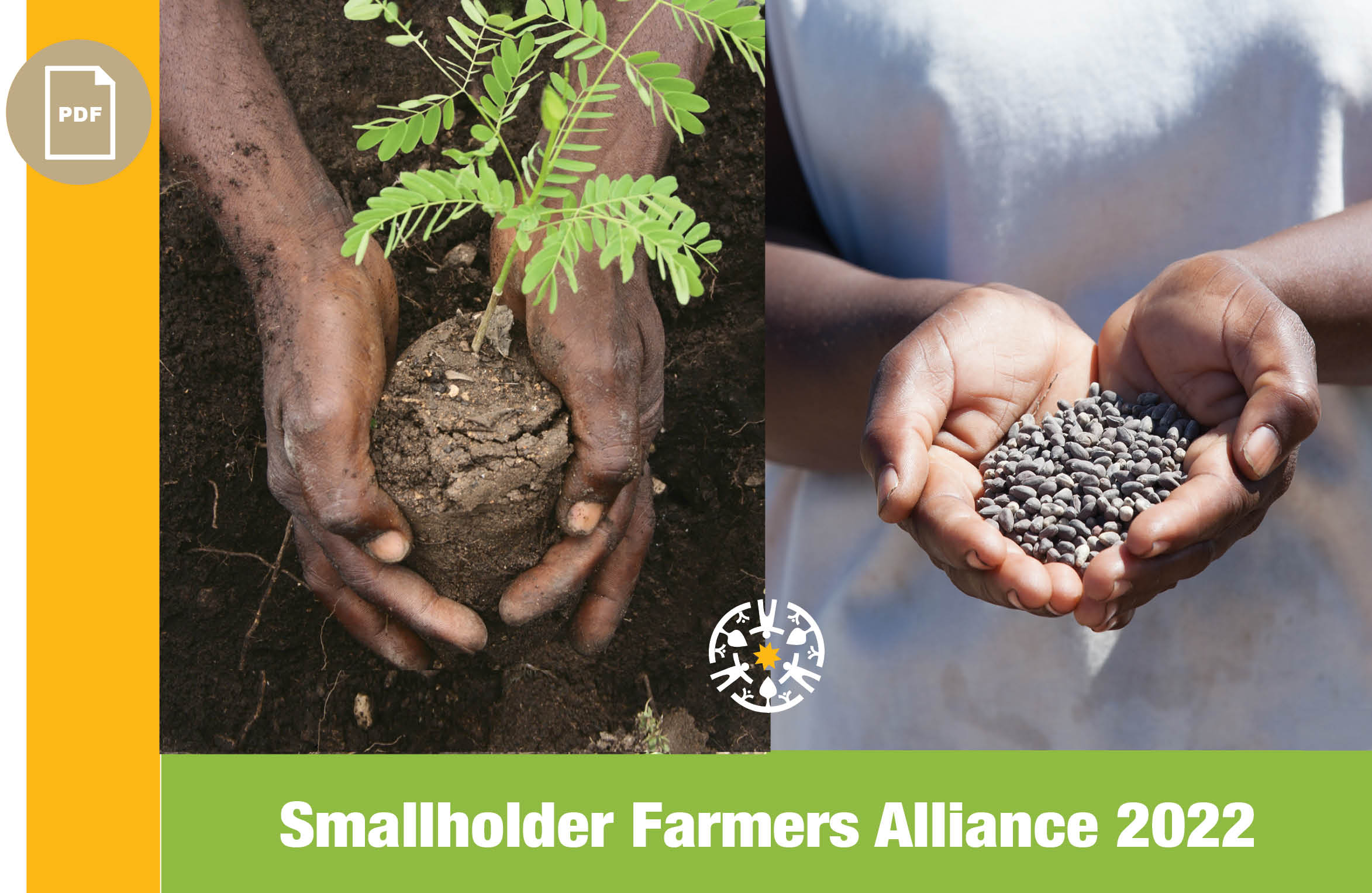
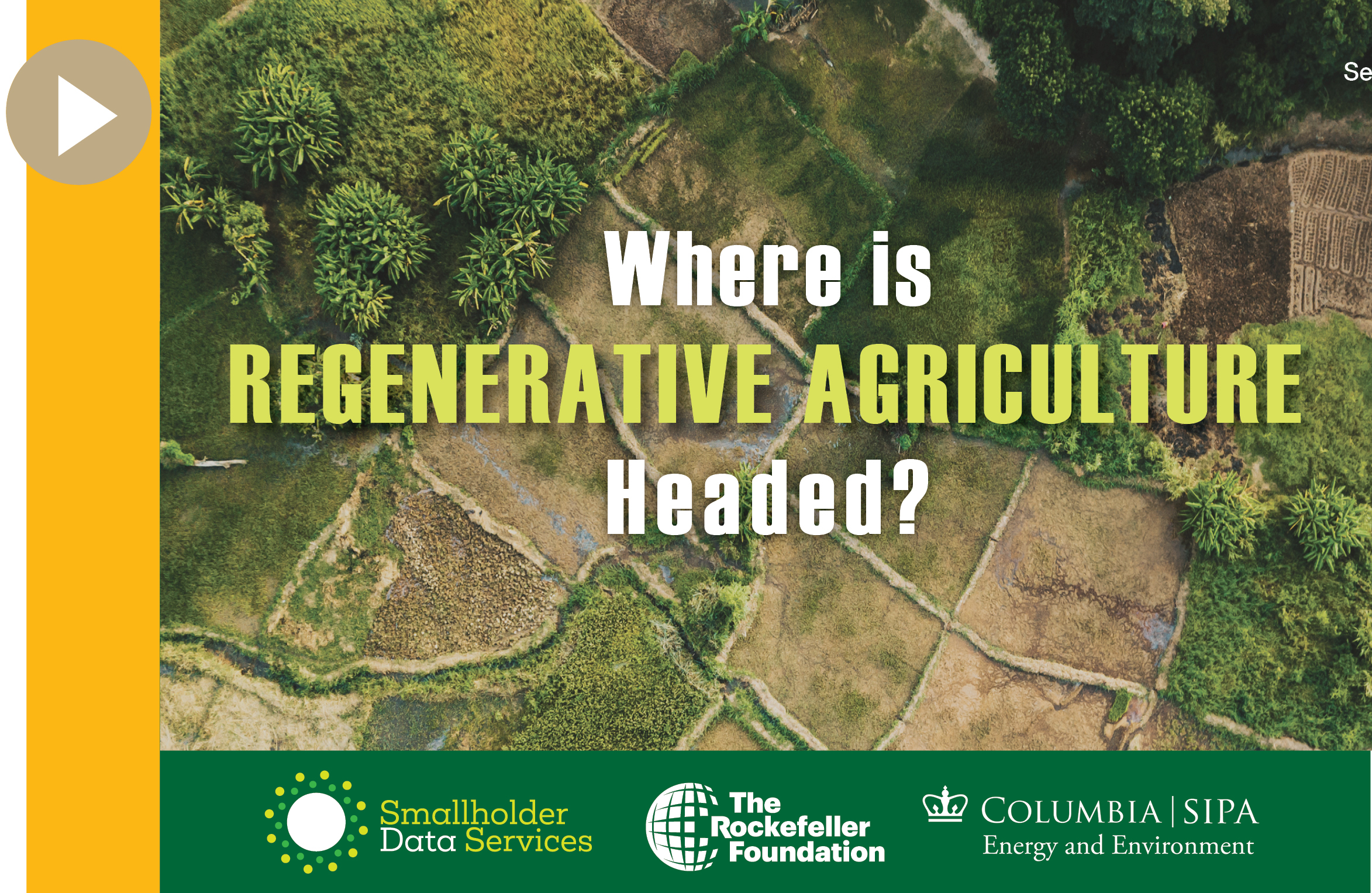
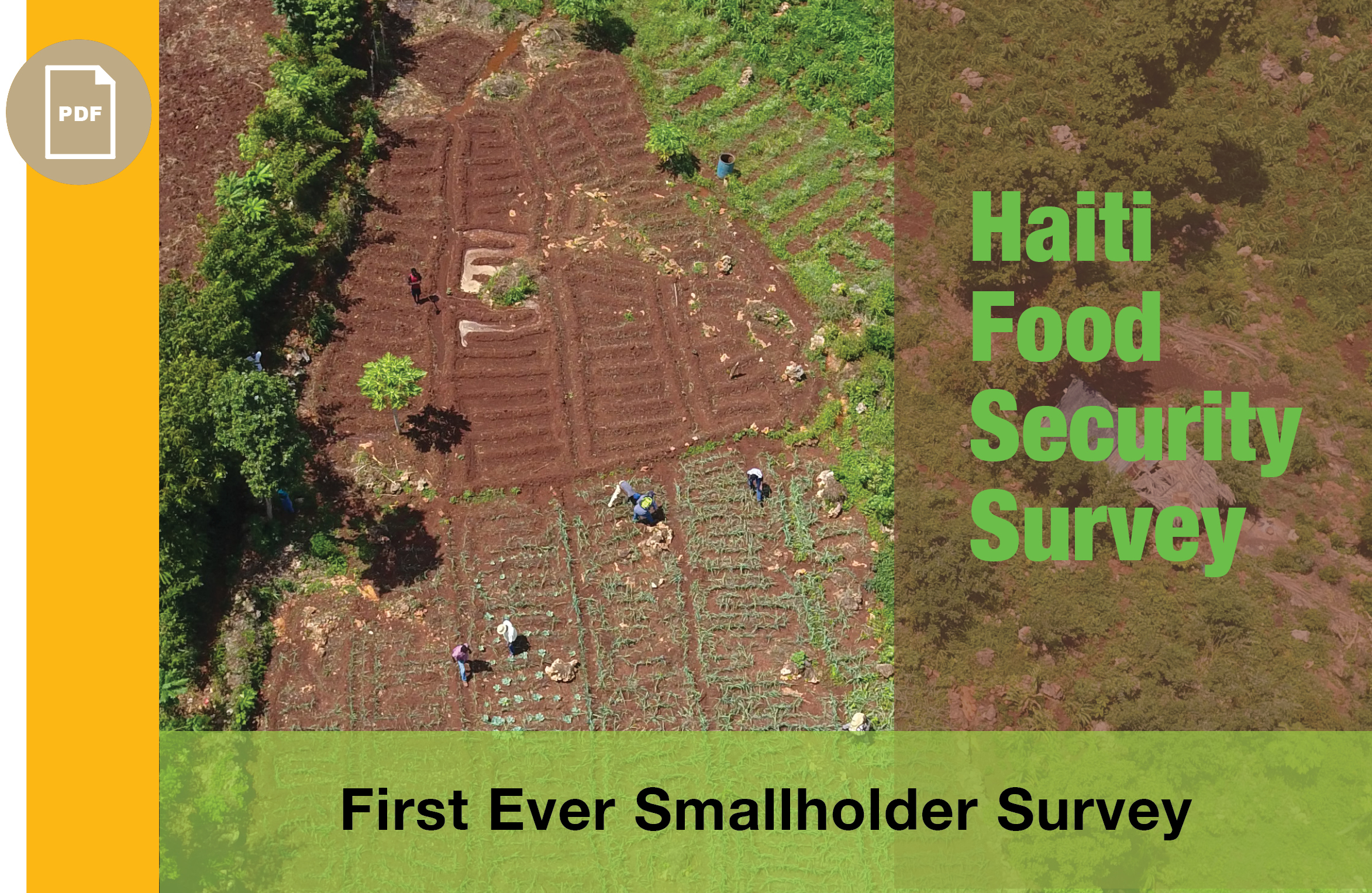
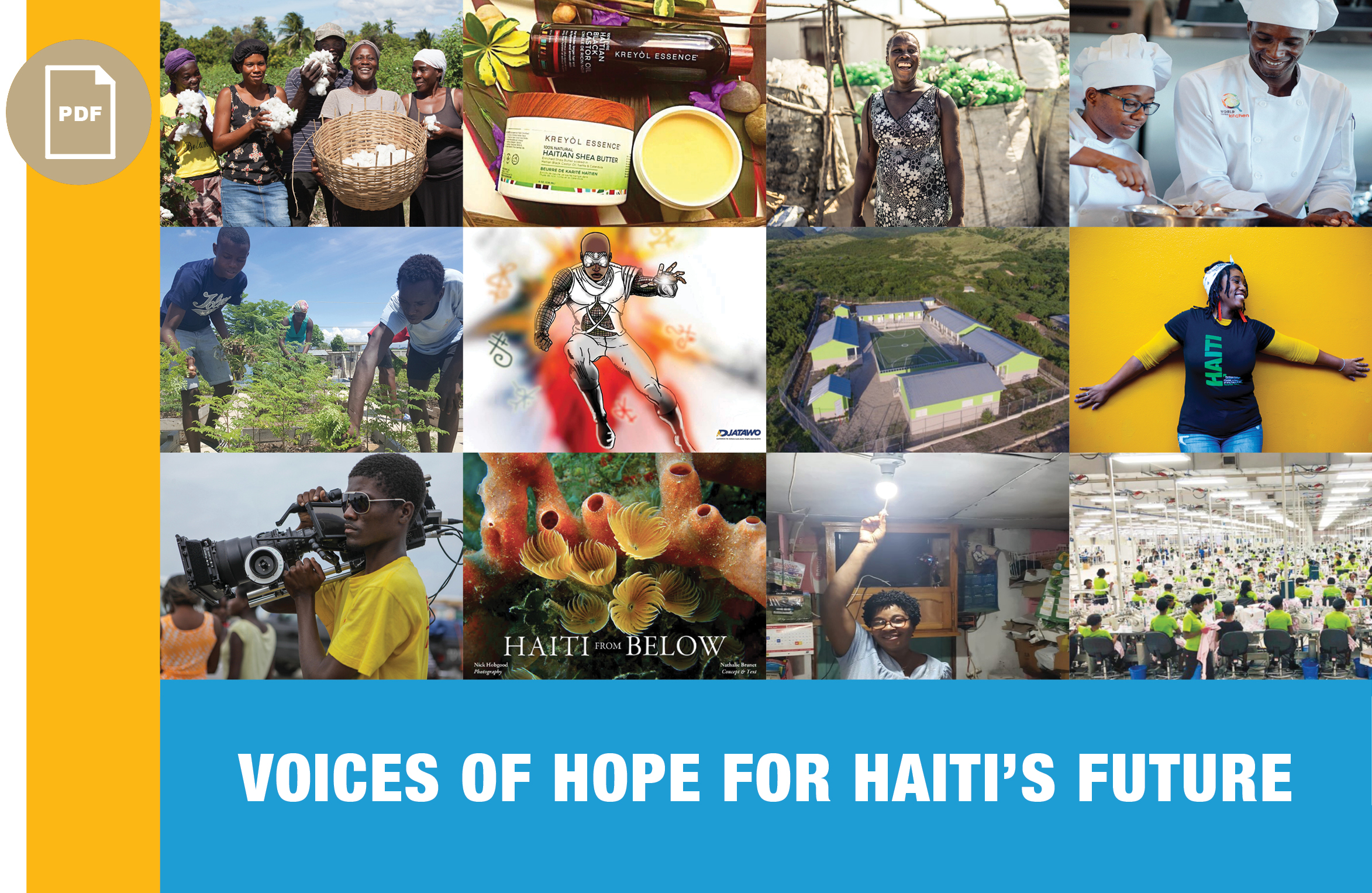

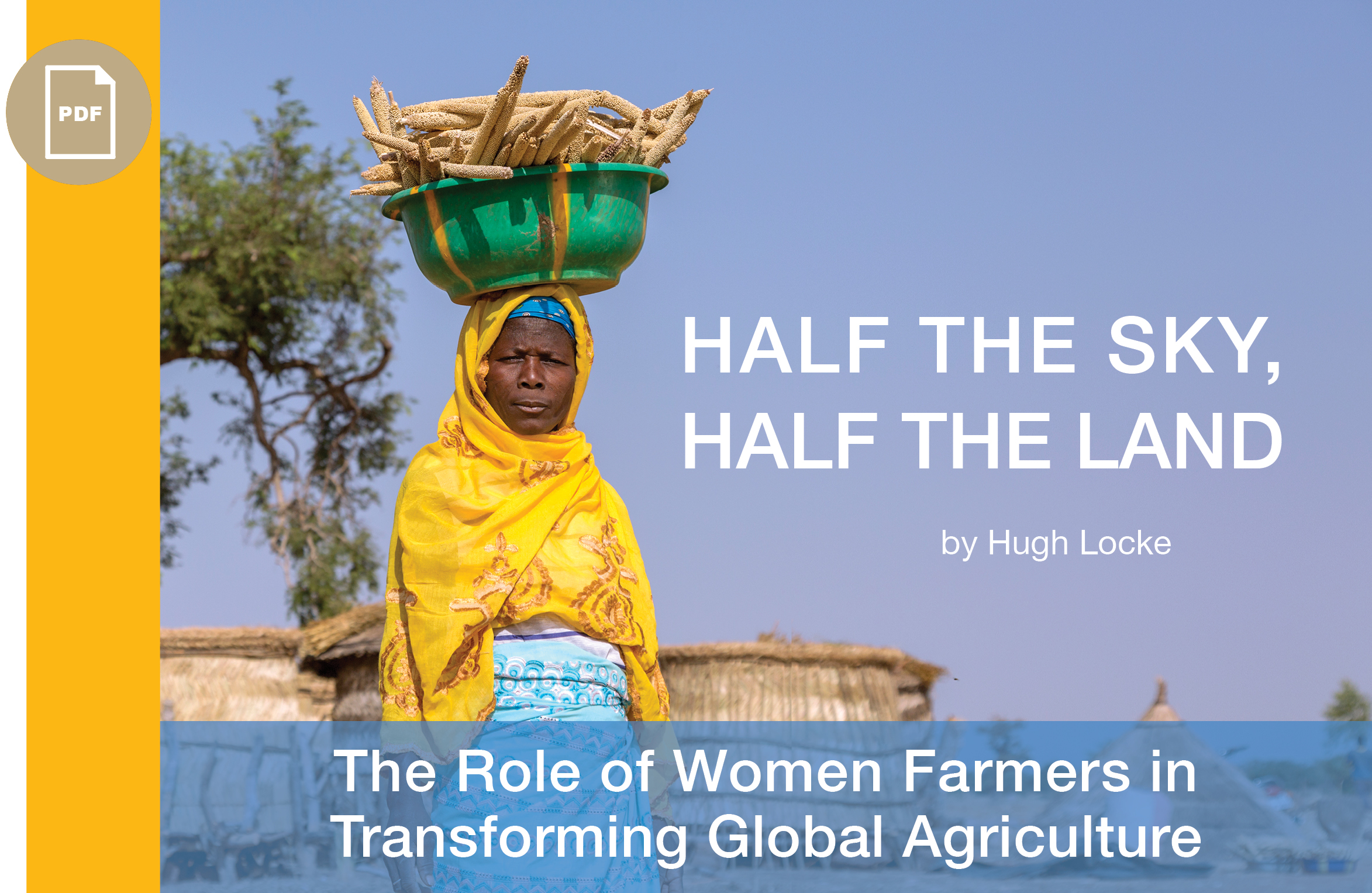
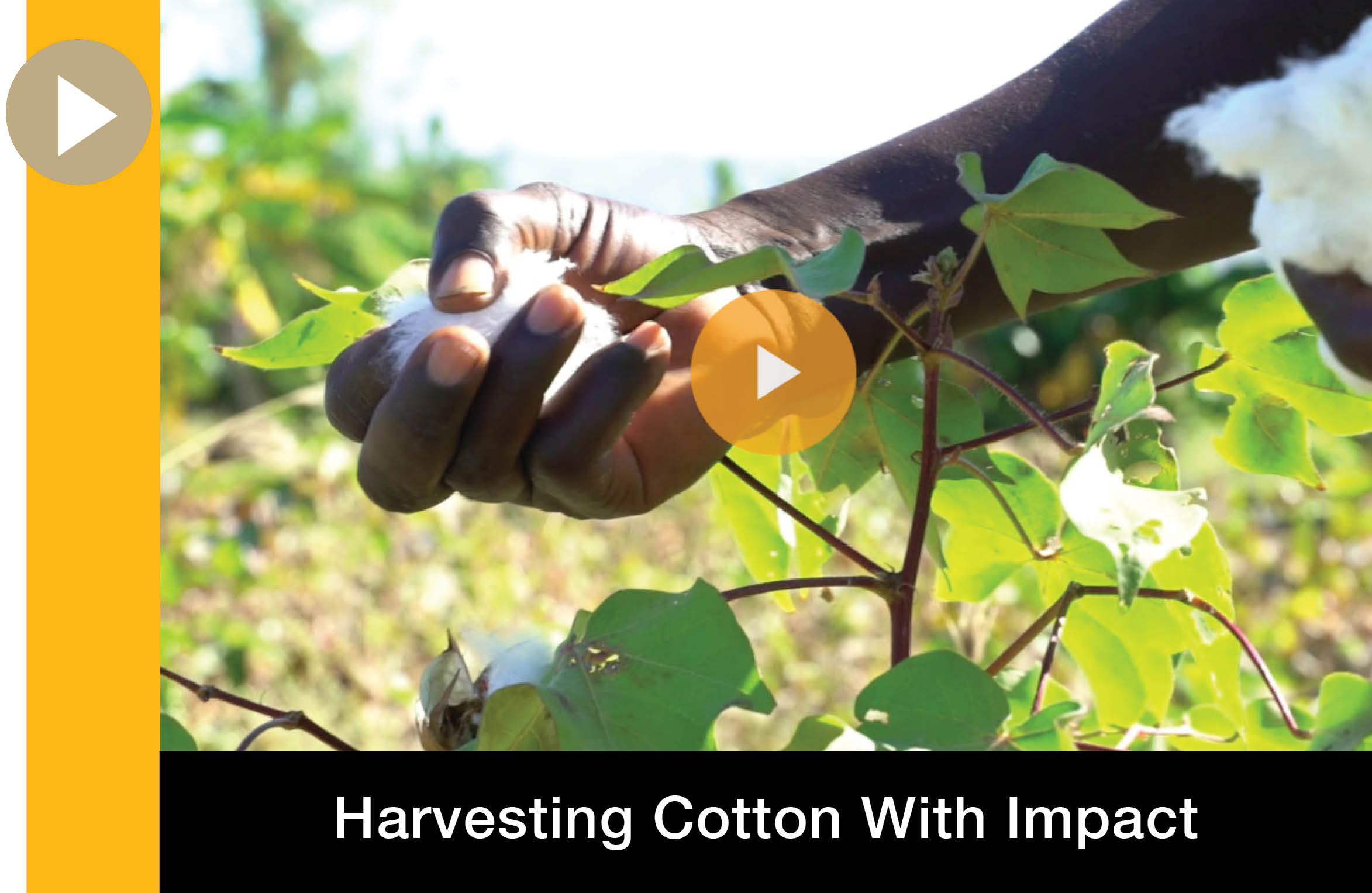
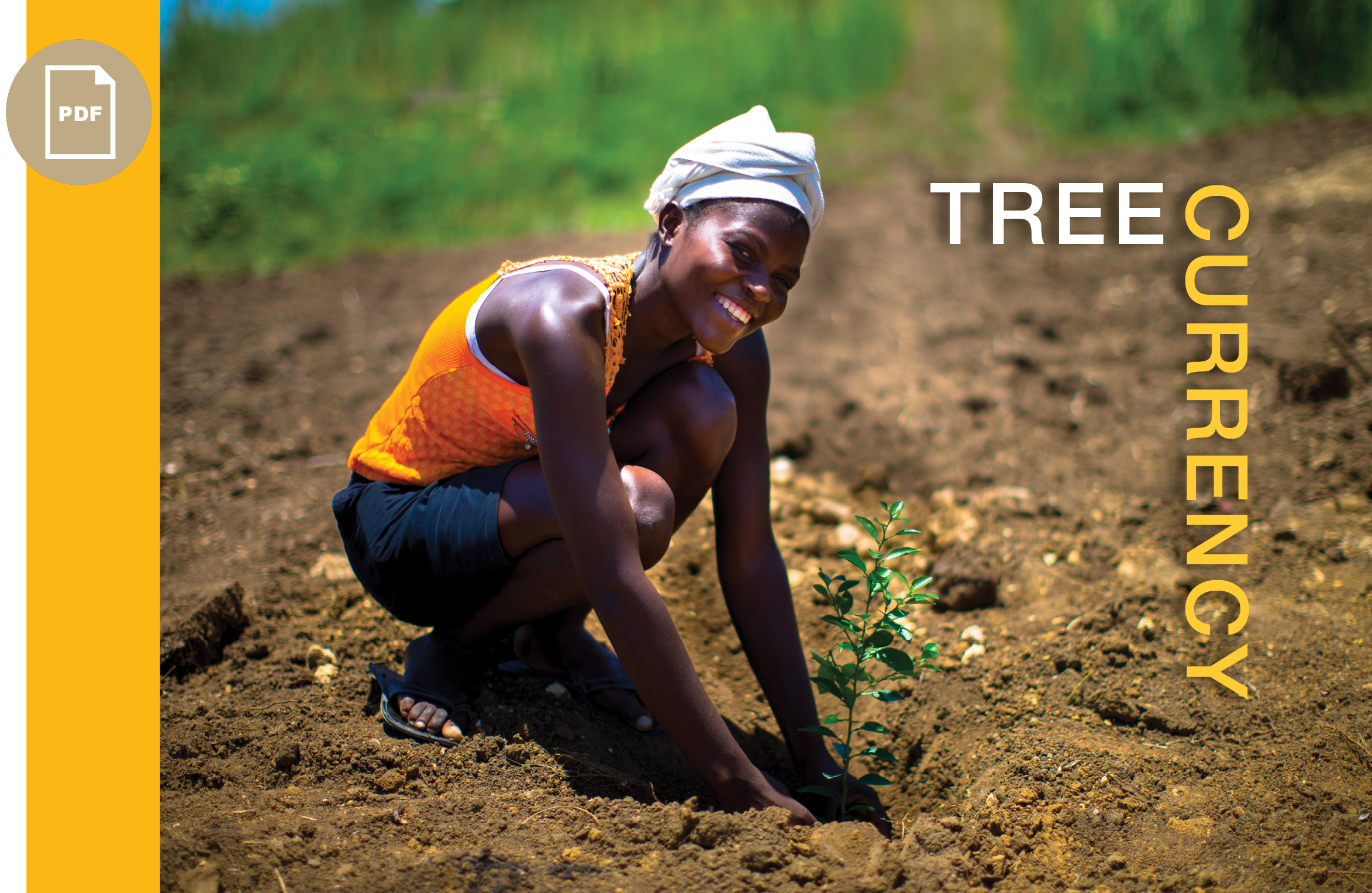

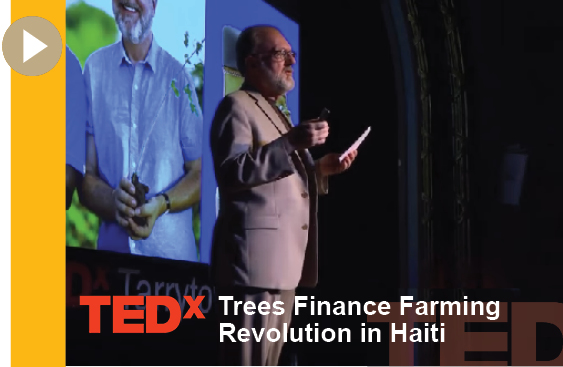
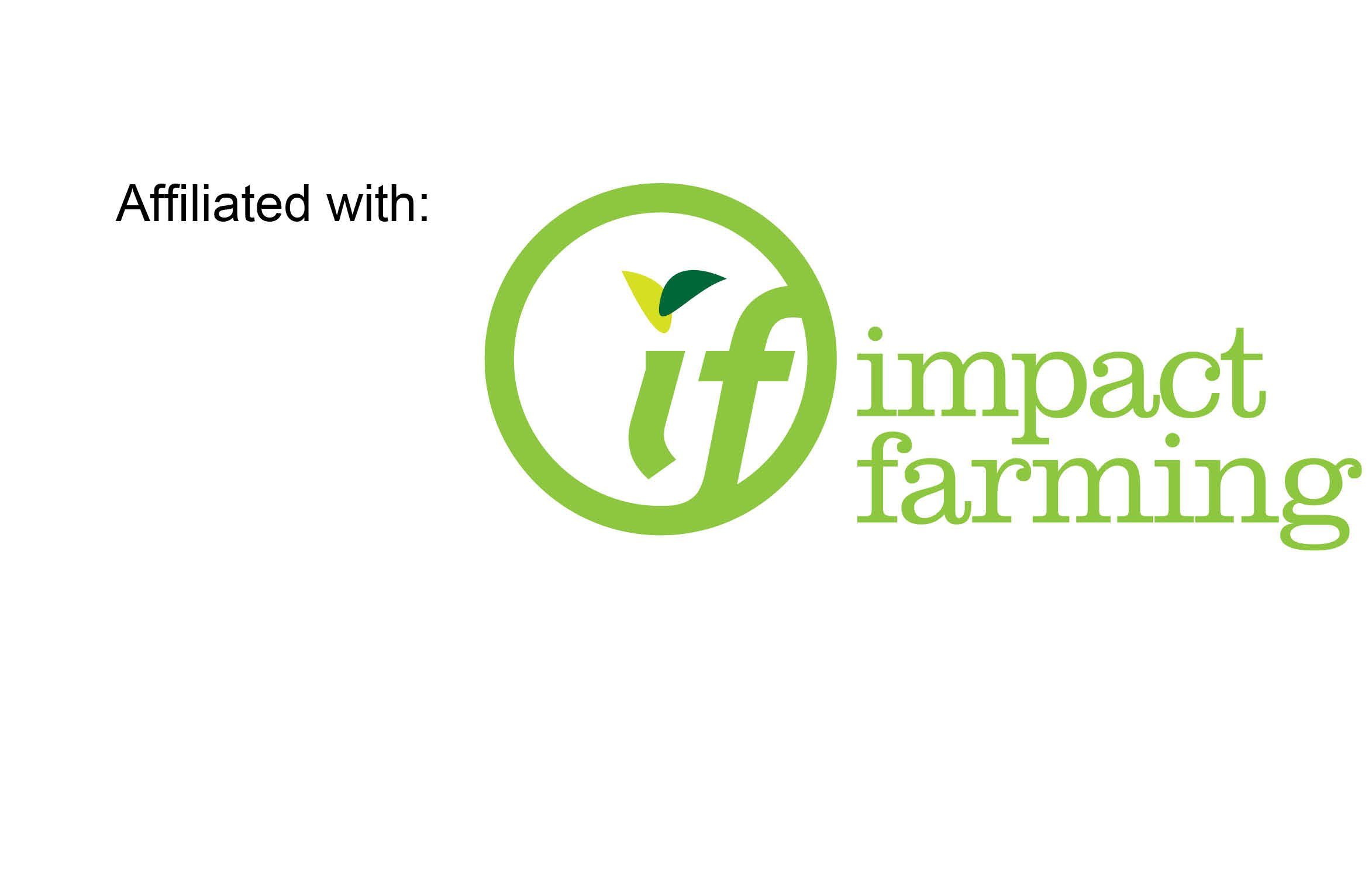

Reader Comments